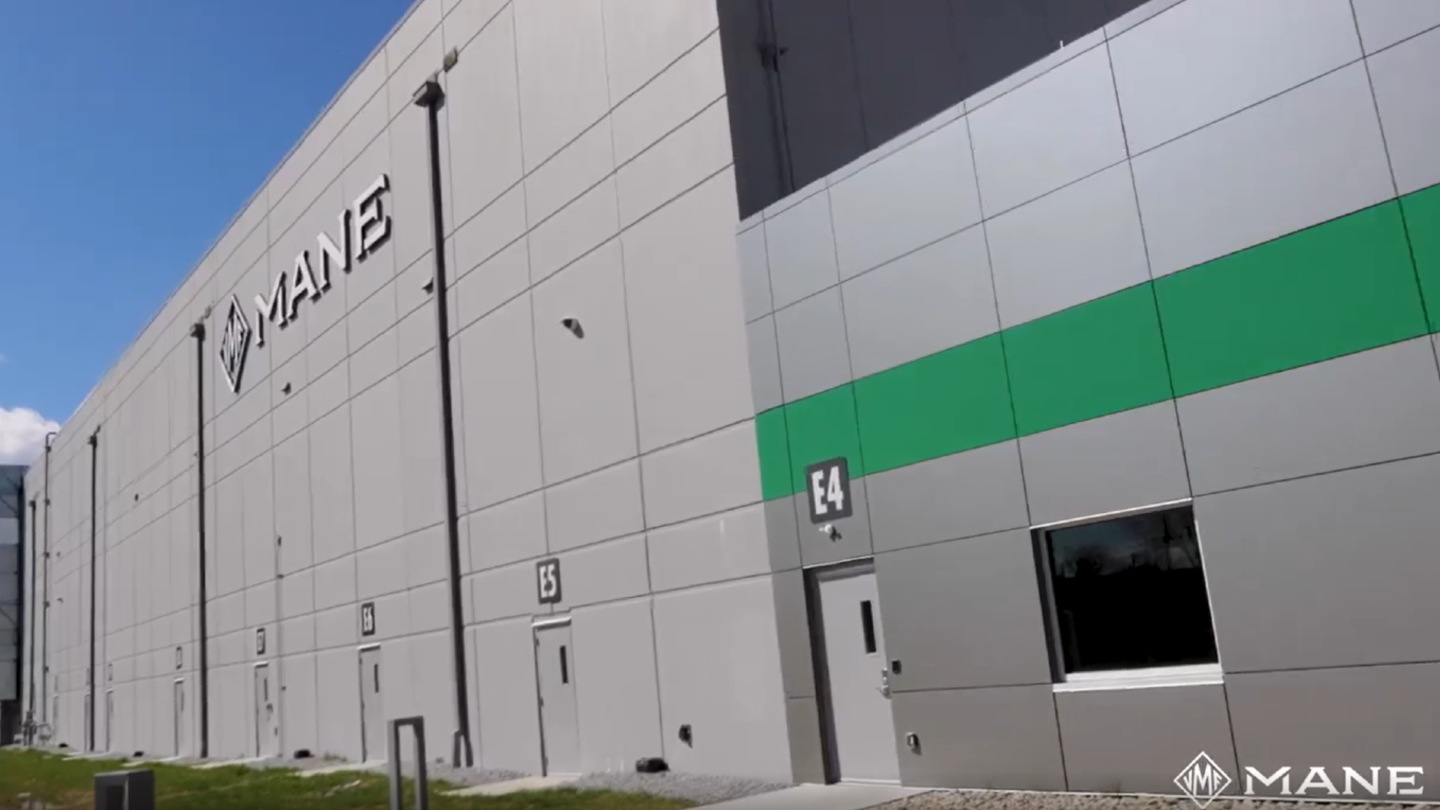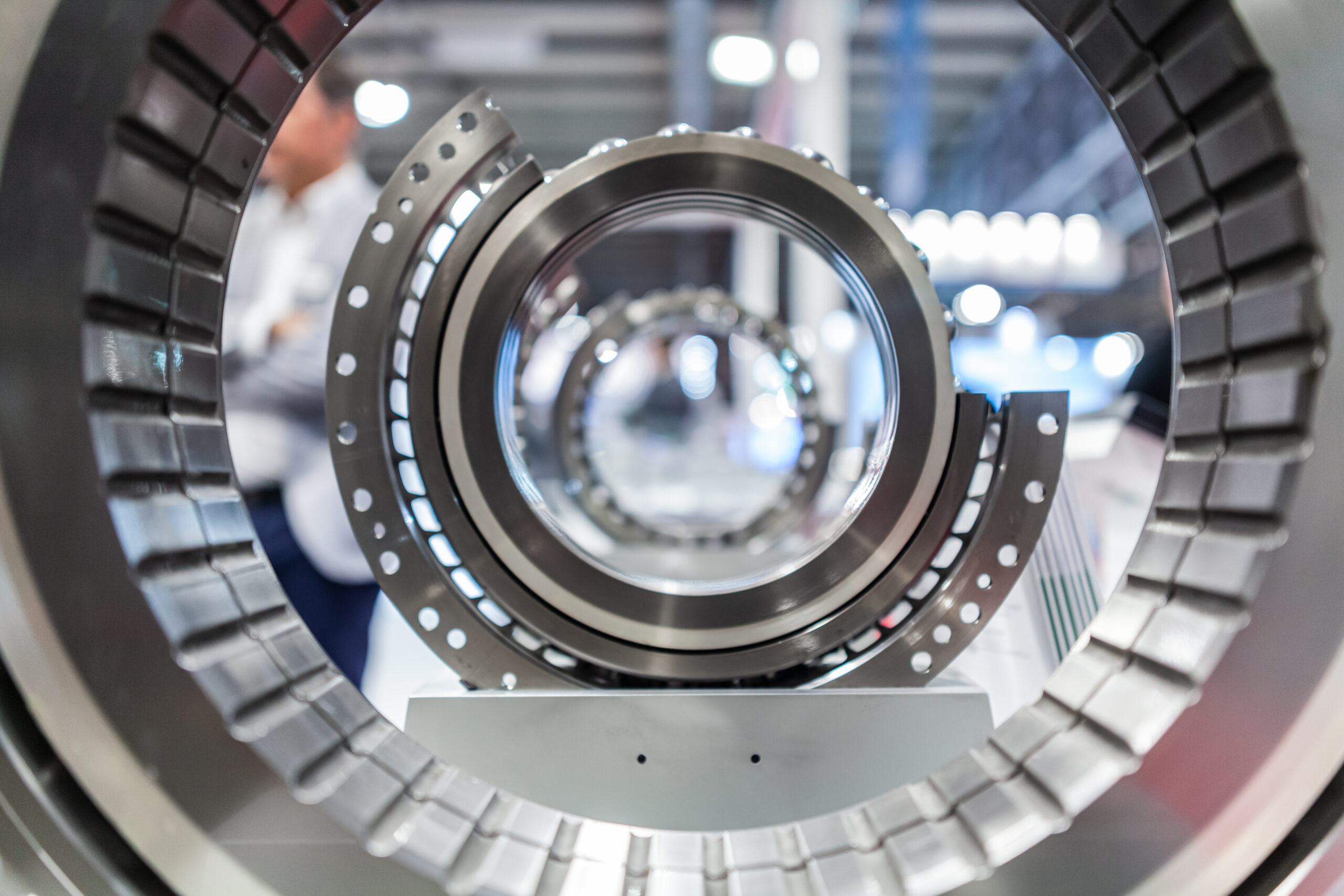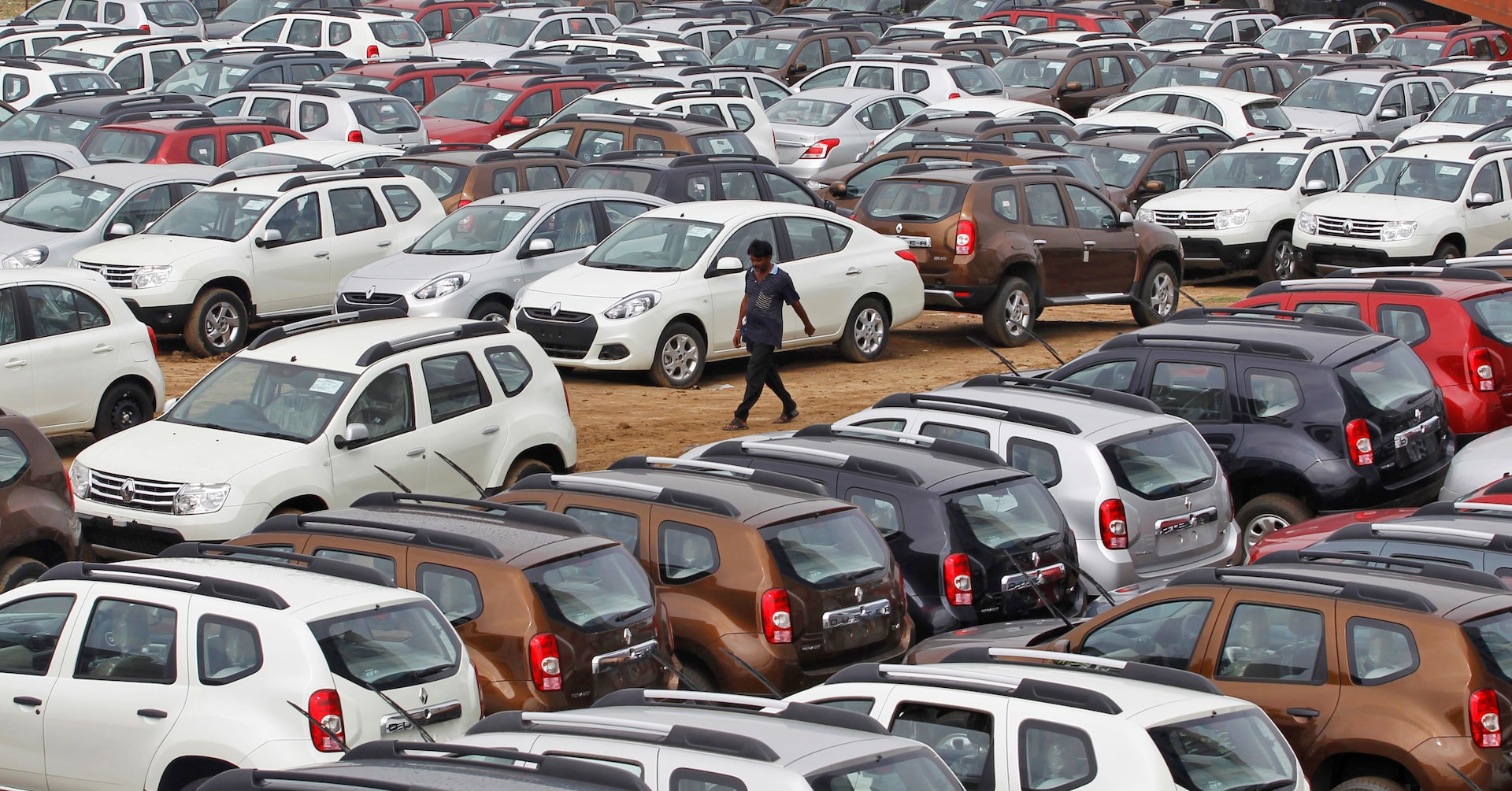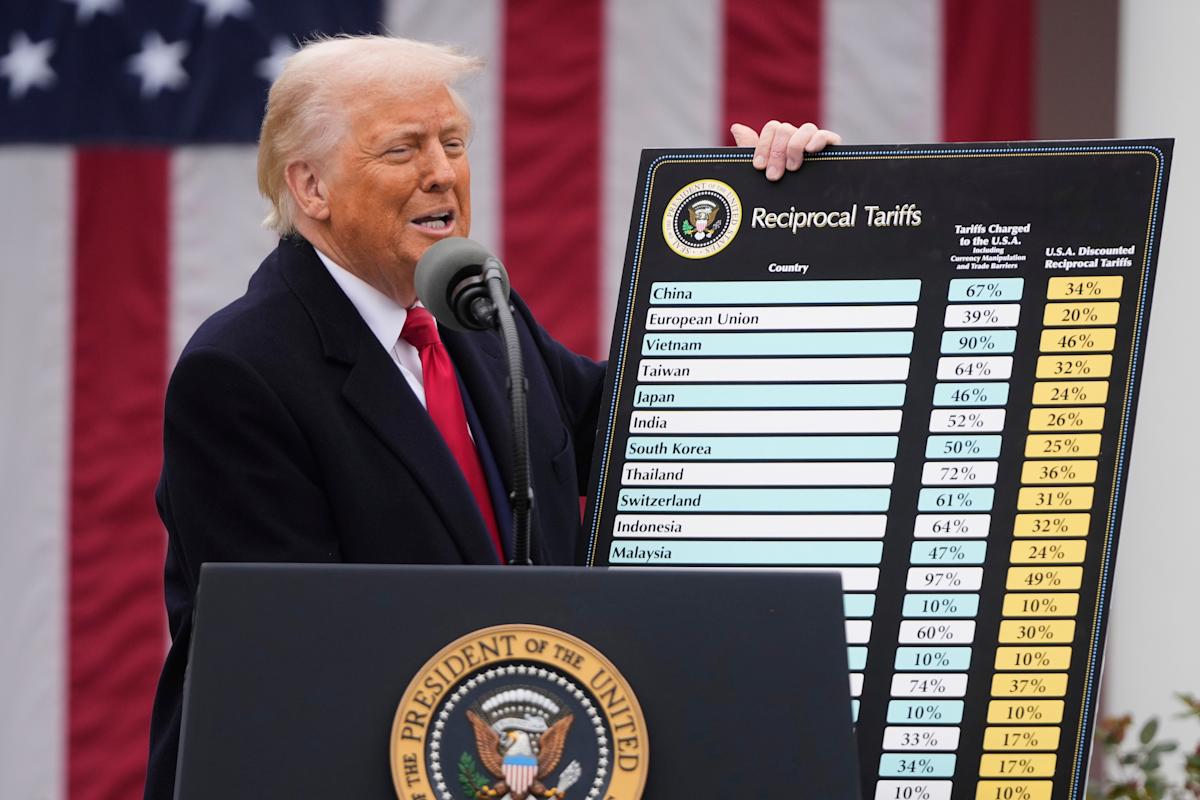Historic New Haven Textile Mill Hits Market: Developers Eye Potential Residential Transformation
Manufacturing
2025-03-20 09:00:00Content

In the post-war industrial landscape of New Haven, a remarkable story of manufacturing innovation began to unfold in 1947. The local mill, which would become a cornerstone of Dow Cover's operations, started its journey by specializing in precision automotive seat cover production. What began as a modest local enterprise quickly transformed into a pivotal player in the automotive textile industry.
The mill's early days were characterized by skilled craftsmanship and a commitment to quality, as workers meticulously stitched custom seat covers that would protect and enhance the interiors of automobiles. Their dedication to detail and superior workmanship set them apart in a competitive manufacturing environment, establishing a reputation for excellence that would define the company for decades to come.
As automotive design evolved and consumer expectations grew, the New Haven mill adapted, embracing new technologies and manufacturing techniques. From those initial stitches in 1947 to becoming a sophisticated textile production facility, Dow Cover's mill represented the dynamic spirit of American industrial innovation during the mid-20th century.
From Textile Roots to Industrial Innovation: The Remarkable Journey of Dow Cover's Manufacturing Legacy
In the heart of New Haven's industrial landscape, a remarkable story of transformation and resilience unfolds—a narrative that traces the evolution of manufacturing from humble beginnings to cutting-edge industrial prowess. The tale of Dow Cover represents more than just a company's history; it embodies the spirit of American industrial innovation and adaptability.Pioneering Manufacturing Excellence: Where Tradition Meets Innovation
The Genesis of Industrial Craftsmanship
The year 1947 marked a pivotal moment in manufacturing history when Dow Cover first established its operations in New Haven. What began as a modest textile enterprise specializing in automotive seat covers would ultimately become a testament to American industrial ingenuity. The facility, nestled in the industrial corridor of New Haven, represented more than a mere manufacturing space—it was a crucible of innovation where skilled craftsmen transformed raw materials into precision-engineered products. The initial focus on automotive seat covers was not merely a business strategy but a reflection of the post-war industrial renaissance. As the automotive industry experienced unprecedented growth, companies like Dow Cover played a crucial role in supporting the burgeoning manufacturing ecosystem. Each stitch, each carefully crafted cover represented a commitment to quality and precision that would define the company's trajectory for decades to come.Technological Evolution and Manufacturing Transformation
As decades progressed, Dow Cover demonstrated an extraordinary capacity for adaptation. The company's manufacturing processes evolved from manual stitching techniques to sophisticated automated systems, reflecting broader technological advancements in industrial production. This transformation was not just about efficiency but represented a fundamental reimagining of manufacturing capabilities. The transition involved significant investments in technological infrastructure, training programs, and strategic partnerships. Advanced computer-aided design systems replaced traditional drafting techniques, while robotic manufacturing lines enhanced production speed and consistency. These technological integrations positioned Dow Cover at the forefront of industrial innovation, enabling the company to compete in an increasingly globalized manufacturing landscape.Economic and Community Impact
Beyond its manufacturing achievements, Dow Cover emerged as a critical economic anchor for the New Haven region. The company's growth generated numerous employment opportunities, supporting local communities and contributing to regional economic stability. Each job created represented more than a paycheck—it was an investment in human potential and local economic resilience. The facility became a microcosm of broader industrial trends, reflecting the dynamic relationship between technological innovation, workforce development, and economic sustainability. By consistently adapting to changing market demands, Dow Cover demonstrated the potential for manufacturing enterprises to remain relevant and competitive in an era of rapid technological transformation.Sustainable Manufacturing Practices
In recent years, Dow Cover has distinguished itself through a commitment to sustainable manufacturing practices. Recognizing the environmental challenges facing modern industries, the company has implemented comprehensive strategies to reduce carbon footprint, optimize resource utilization, and promote circular economy principles. These initiatives extend beyond mere compliance, representing a holistic approach to industrial responsibility. Advanced waste reduction techniques, energy-efficient manufacturing processes, and innovative material recycling strategies have positioned Dow Cover as a progressive leader in sustainable industrial production.Future Horizons and Continued Innovation
Looking forward, Dow Cover continues to chart a course of continuous innovation and strategic adaptation. The company's legacy of resilience, coupled with a forward-looking approach to technology and sustainability, suggests a promising trajectory in an increasingly complex global manufacturing landscape. The story of Dow Cover transcends traditional corporate narratives, embodying the spirit of American industrial innovation—a testament to human creativity, technological prowess, and unwavering commitment to excellence.RELATED NEWS
Manufacturing
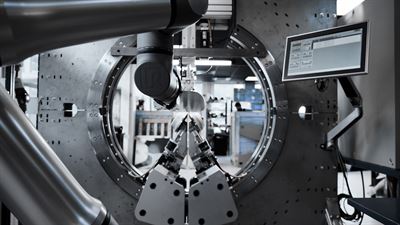
Folding the Future: STILFOLD's Revolutionary STILWORKS 1 Transforms Manufacturing with Origami-Inspired Tech
2025-03-24 06:00:00
Manufacturing

Behind the Scenes: Northrop Grumman Celebrates Top Suppliers Driving Manufacturing Innovation
2025-02-27 12:00:00
Manufacturing

Tech Giant IBM Unleashes Massive $150B Boost to Supercharge American Innovation
2025-04-28 14:28:02

